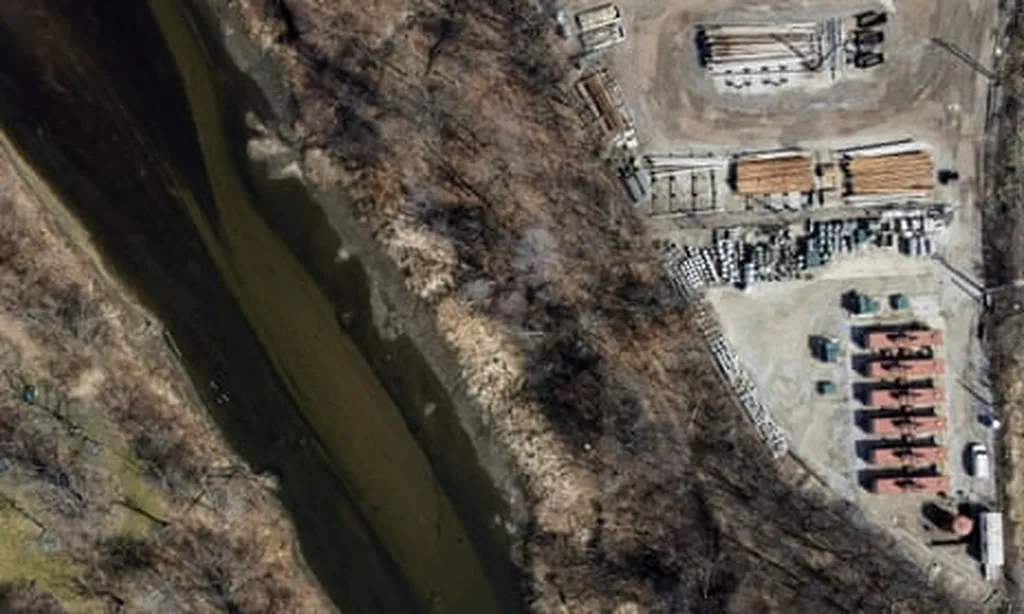The U.S. Environmental Protection Agency (EPA) has issued new guidance under its New Source Review (NSR) preconstruction permitting program, a move that could significantly streamline the development of power plants, data centers, and manufacturing facilities. The change, announced on September 10, allows developers to commence certain non-emissions-related site work—such as installing concrete pads, grading, and utility trenching—before obtaining a Clean Air Act construction permit. This shift aims to reduce regulatory delays that have long hindered infrastructure projects, potentially shaving months off project timelines.
EPA Administrator Lee Zeldin framed the guidance as a clarification of when “actual construction” begins under NSR, distinguishing emissions-unit work from broader site activities that do not affect air emissions. By defining which early-stage tasks fall outside the permitting trigger, the EPA seeks to bolster U.S. competitiveness in key sectors like artificial intelligence, energy, and advanced manufacturing. The agency plans to follow up with a formal rulemaking in early 2026 to revise the regulatory definition of “Begin Actual Construction” in 40 CFR § 52.21, codifying the distinction between emissions units and other parts of a facility.
Historically, the NSR program has been criticized for its complexity, shaped by decades of lawsuits, political battles, and shifting regulatory interpretations. The review process has often treated even standard operation and maintenance projects as potential NSR violations, leaving developers wary of regulatory pitfalls. Traditionally, the EPA and state agencies have interpreted “begin actual construction” to encompass nearly all on-site work of a permanent nature, even when unrelated to emissions units. This has created uncertainty over whether activities such as site grading, foundation pouring, and equipment staging require a permit.
Under the new guidance, preparatory activities that do not involve the physical construction of an emissions unit—defined as any apparatus that emits or controls emissions—may proceed without an NSR permit, provided they pose no air-quality risk. Authorized tasks include soil stabilization, installation of access roads, laydown yards, precast foundation elements, and installation of non-emitting equipment such as concrete pads and underground piping. The EPA asserts that this clarification is part of Administrator Zeldin’s Powering the Great American Comeback initiative, launched in February, and is intended to expedite the construction of essential power generation and industrial facilities.
Zeldin has been vocal about the need to reform the Clean Air Act permitting process, arguing that it has long been an obstacle to innovation and growth. “For years, Clean Air Act permitting has been an obstacle to innovation and growth,” he said. “We are continuing to fix this broken system. Today’s guidance is another step to allow the build-out of essential power generation, data centers, and manufacturing projects that will bring about America’s Golden Age.”
The guidance aligns with policies championed by the Trump administration, under which Zeldin has overseen more than $90 billion in energy and industrial investments. In a recent Fox News op-ed, Zeldin emphasized the EPA’s commitment to “clear the regulatory path” for data centers and manufacturing facilities that support America’s AI leadership while maintaining environmental safeguards.
This shift in NSR guidance could have significant implications for the energy and industrial sectors. By allowing certain site preparations to proceed before obtaining a permit, the EPA aims to reduce regulatory burdens and accelerate project timelines. However, critics may argue that the change could weaken environmental safeguards or lead to inconsistent enforcement. As the EPA moves forward with formal rulemaking, stakeholders will be watching closely to see how this guidance shapes the future of infrastructure development in the U.S.
The guidance also raises broader questions about the balance between regulatory efficiency and environmental protection. As the U.S. seeks to maintain its competitive edge in key industries, the EPA’s approach to permitting will play a crucial role in shaping the regulatory landscape. The coming months will be pivotal in determining how this guidance is implemented and what impact it will have on the sector.

